What Are The Types Of Hair Loss?
Hair Loss: Different Types and Potential Factors
Hair loss is a natural process to replace brittle, damaged, and worn out hair follicles, a part of the hair cycle (exogen phase) occurring all over the body. Hairfall becomes a clinical problem when abrupt shedding of hair strands happens. A daily loss of 50-100 hair strands is natural, but anything more than that or the development of bald patches requires clinical intervention. Various factors like lifestyle, health, genetics enhance hair loss problems.
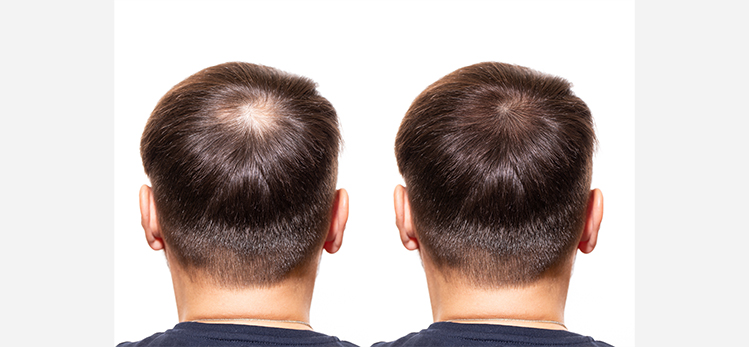
This article explains the various types of hair loss (1), causative agents, and potential factors that make an individual prone to experience a sudden loss of hair.
What are the Different Types of Hair Loss?
Every hair follicle sheds at the end of the hair cycle during the exogen phase. Daily hair fall in an adult occurs at an average of 80. It suddenly increases when hair follicles fall before reaching their exogen phase. In clinical terminology, that's alopecia areata. Here are the various hair loss experienced across gender and age groups;
Alopecia Areata
The immune system attacks hair follicles, destroying them, shedding hair strands in volumes. Dermatologists classify it as an autoimmune disorder. Alopecia can occur alone to a body part (scalp) or all over the body. It could begin as a sudden patch-like appearance on the scalp. Being an autoimmune disorder, it has no permanent cure, but hair growth often resumes after a while.
Gradual Thinning of Hair
Prevalent in males than females, hair loss happens gradually over the years, starting with a receding hairline. It begins with the marked thinning of hair strands in men. Females experience loss of hair around the crown region or parietal lobe. In later years, women also experience receding hairlines. It leads to baldness in men. Dermatologists define this pattern of hair fall as androgenic alopecia.
Anagen Effluvium
Massive loss of hair occurs in patients getting treated for cancerous conditions. Hair fall happens in the growing phase (anagen) triggered by chemotherapy treatments. Hair strands experience natural growth in the anagen phase. With anagen effluvium, unnatural and rapid hair fall takes place during the growing phase. It leads to temporary baldness, with natural hair growth restoring after a month or two.
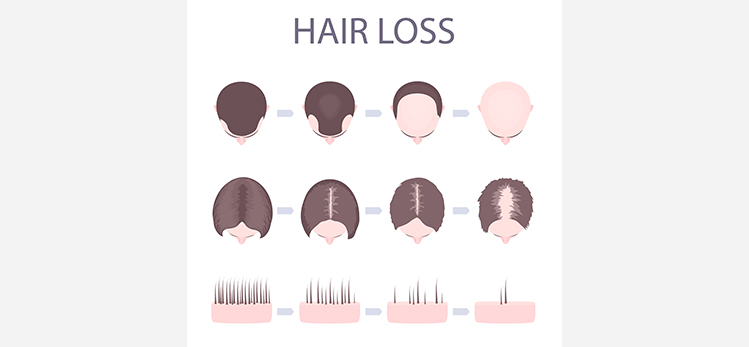
Telogen Effluvium
Abrupt shedding of hair strands occurring in the telogen phase (pre-shedding phase of the hair cycle). Diagnosis has found that people experiencing intense stress show telogen effluvium. Hair loss happens around the crown region of the scalp. Also reversible, natural hair growth restores with the treatment of the underlying issues.
Potential Factors Responsible for Types of Hair Loss
Hair loss can happen for a single factor (disease) or multiple factors (lifestyle-related problems). Dermatologists consider these factors that cause hair loss;
Malassezia and Scalp Infection
The scalp produces hair oil as a lubricant to nourish hair strands. A yeast-like organism (Malassezia) grows on a dirty scalp filled with dirt, clogged pores, and dandruff-like conditions. It starves the hair follicles from vital nutrition, making them brittle, and triggers the shedding of hair strands.
Trichotillomania
Trichotillomania, a mental disorder called the hair-pulling disease. A compulsive urge to pull hair strands leads to significant hair loss, creating patches across the scalp. People diagnosed with personality disorder, extreme anxiety and stress pull hair constantly, making hair roots weak.
Thyroid and Hormonal Issues
People suffering from thyroid problems, unbalanced hormone levels, suffering from PCOS-like conditions experience hair fall. Altered levels of thyroxine, estrogen, and progesterone affect the body temperature, BMI level, enhances stress and anxiety, which cause gradual hair loss.
Poor Lifestyle
A favourable factor for hair loss, poor lifestyle issues like altered sleep patterns, stressful work-life balance, addiction-related problems, little hygiene practice, and inadequate hair management lead to permanent hair loss. People with emotional hostility related to work, relationships also experience hair fall.

Genetics
A prominent cause of poor hair and hair-related problems happens from the expression of hostile capillary genes. It leads to gradual loss of hair over the years, ending in permanent baldness. More prevalent in men than women, it has no permanent cure, but clinical treatment can slow down the rate of hair loss.
Conclusion
Hair loss is a natural mechanism almost every individual experiences daily. Clinical treatments often reverse it or at least arrests the shedding rate. Leading a preventive lifestyle, performing wellness activities, a balanced diet, proper hair management, and consulting a dermatologist to address underlying hair-related problems help you maintain healthy hair and hassle-free scalp.
Not all of us are fortunate to sport stunning hair structures. Again, taking proper care of whatever growing on the scalp enhances their longevity because problem-free hair is a sign of disease-free health.
Myth Busters HairFall
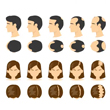
Androgenetic Alopecia - Everything You Need To Know
Have you been experiencing excessive hair fall over a prolonged period of time? It could be an early sign of androgenetic alopecia. It is a hair loss disorder common in both genders and can lead to progressive thinning and even baldness in some patients if not caught and treated early.

How To Make Hair Grow Faster For Men
A head full of healthy hair is a matter of confidence. Hair has its own mechanism of growing and shedding, and it is when this mechanism is thrown off that growth is hindered. Especially in the case of males, hair growth faces a lot of hiccups that can easily be managed.
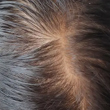
Female Pattern Baldness - Causes & Treatments
Have you suddenly noticed an increase in the number of hair strands on your pillow in the morning? Or is your ponytail getting thinner by day? Well, you might be suffering from female pattern baldness. While that does sound scary, identifying it early on is key to treating this condition effectively. So keep reading to know what this is, how you can identify it, and most importantly, what treatments you can avail of to get your beautiful lustrous hair back.
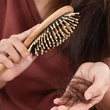
What Are The Reasons For Hairfall?
Almost everyone experiences some amount of hair thinning over the years. Shedding around 50 to 100 single strands of hair per day is considered normal. However, losing more than 150 strands a day, experiencing sudden thinning, or developing circular bald patches on your scalp are reasons for concern. Hair loss occurs when new hair doesn’t grow fast enough to replace the amount of hair you lose daily. Hair can fall due to various reasons, with hereditary hair loss and poor nutrition being the most common hair fall reasons.

Expert Approved Tips For Hair Growth
What can be more debilitating than seeing hundreds of hair strands shedding from your scalp every time you brush your hair? Also, excessive molting occurs during seasonal changes that can be very stressful for you. Although it’s okay to lose between 50-100 strands every day, according to the American Academy of Dermatology, the problem occurs when you start shedding more than normal. But that doesn’t mean you have to feel helpless as there are ways to grow your hair back. Even if you are coping with baldness or alopecia, certain hair growth tips from dermatologists can come to your rescue. Read on to discover how these tips can be your savior when abnormal hair fall problems are in sight.
Trending Videos
+ 7 Sources
LMRC - GGI-CO-A2-DMA-300026127-300026127-WM-J21-282
© 2021 Dr. Reddy’s Laboratories Ltd. All rights reserved.